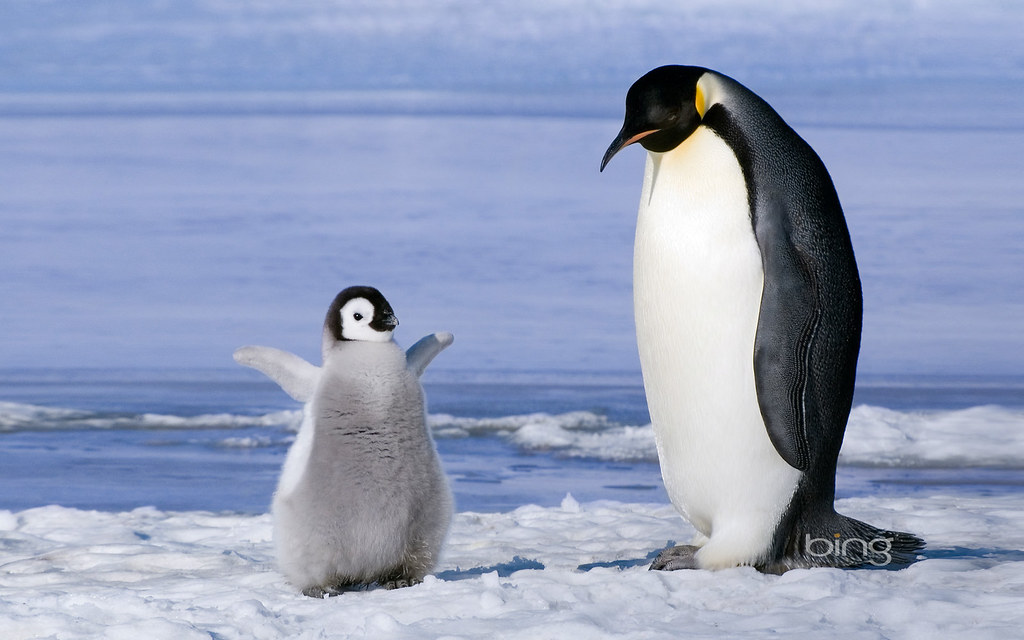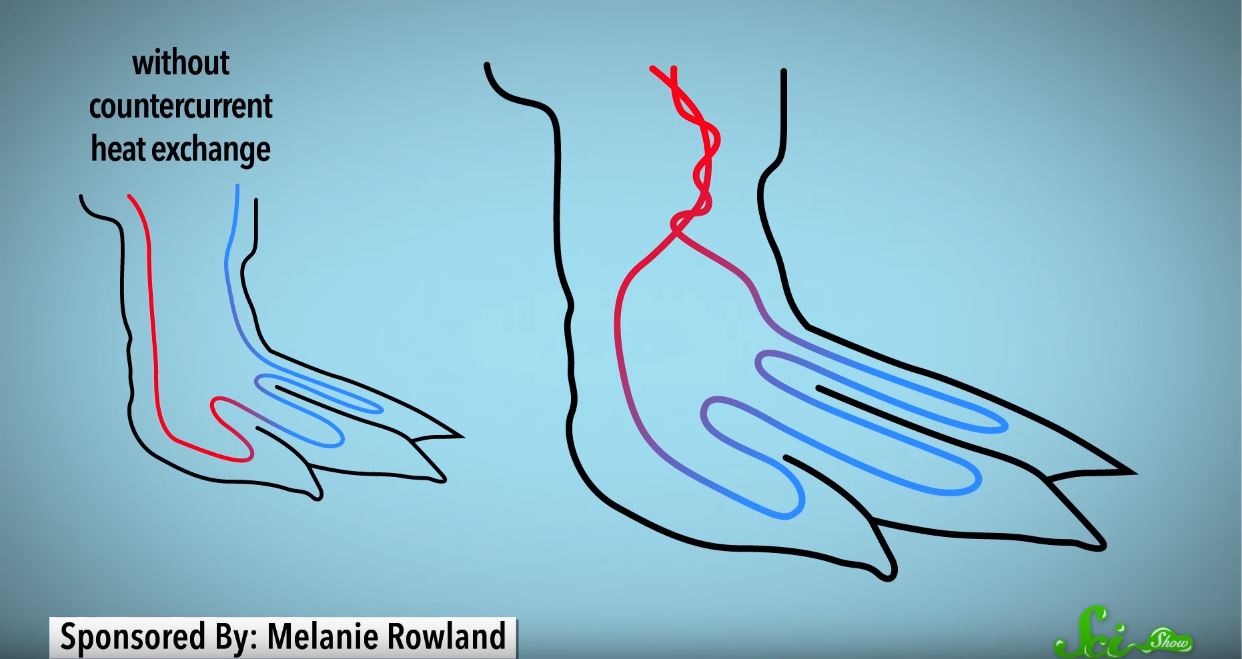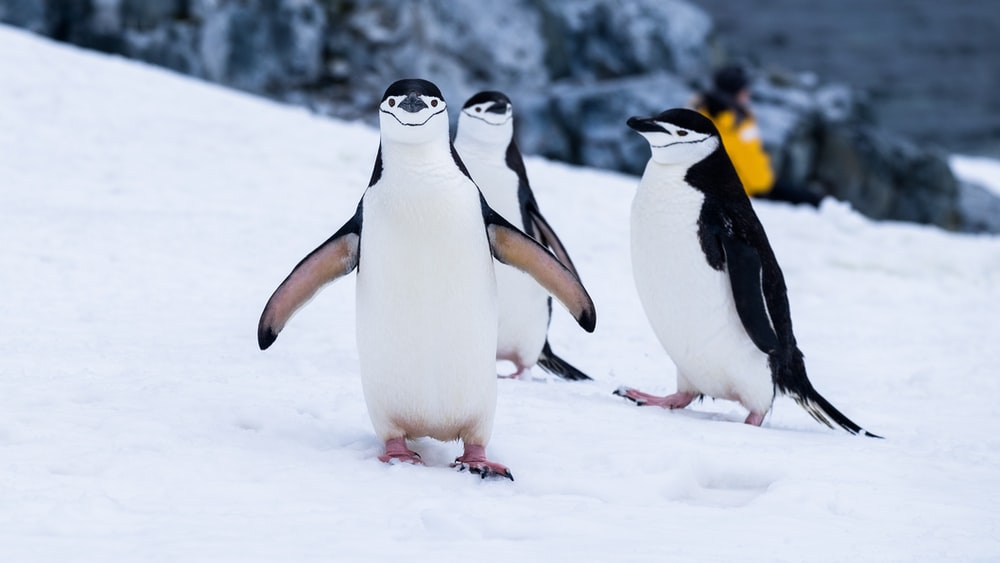By Emma Goldberg

Penguins are arguably some of the coolest animals on the planet, and not just because they live in freezing temperatures. Of the 18 different species of penguin around the world, only 6 reside in Antarctica. Some of these penguin species, like the Emperor, Adelie and Rockhoppers, were featured in Happy Feet. And if you’ve watched the movie, you’ll know that these cold-weather penguins’ feet are capable of some pretty great things, including tap dancing. Did you ever wonder, though, how penguins are able to stand (and dance) on the frozen Antarctic ice without getting cold feet? As it turns out, the muscles and blood vessels of Antarctic penguin feet have evolved some amazing properties to lose as little heat as possible and withstand the cold.
The feet and lower legs of Antarctic penguins are mainly composed of tendons, bones, and a thick layer of skin; there are very few muscles, especially in their feet. The muscles that control foot movement can be found higher up in the leg, where layers of fat and feathers keep them warm. The heat from the fat and feathers allows the muscles to function normally. The muscles move the feet by pulling on tendons in the feet that are anchored to the bones of the toes and ankles. These tendons in the feet of penguins are thick and aren’t as affected by the cold as muscles would be.

In addition to the musculoskeletal anatomy of the penguin’s foot, specialized blood vessels also help keep the foot from freezing. The blood vessels that supply nutrients to the feet can be dilated (opened) or constricted (closed) to control the amount of blood flow that reaches the feet. When the weather is at its coldest or when penguins go for a swim in the ocean, the blood vessels in their lower legs constrict so less warmth is lost through the feet. Penguins have also evolved a system of blood flow called the counter current heat exchange to avoid pumping warm blood to their feet. This may sound backwards, but if penguins pumped warm blood into their feet, all the heat would be lost to their surroundings and this would be a waste of energy! Instead, the warm blood vessels coming from the heart wrap around the cold blood vessels that are coming back up from the feet. The warm blood transfers its heat to the cold blood, resulting in colder blood traveling to the feet and warmer blood traveling back up to the heart. This heat exchange is super important to keeping the penguins’ core body temperature warm and keeps the feet at temperatures just above freezing. These muscle, skeletal, and blood vessel adaptations are mirrored in the penguins’ flippers.

If you’ve ever stepped into the snow without shoes or socks, you know just how cold it can be. Although humans have the ability to restrict blood flow to the extremities, we’d probably have frostbitten feet within 5 minutes. Now, imagine having to stand on Antarctic snow and ice for over two months straight like male emperor penguins do! Luckily, our Happy Feet stars have specialized muscle and blood vessel adaptations to keep their feet warm so they can keep dancing!
